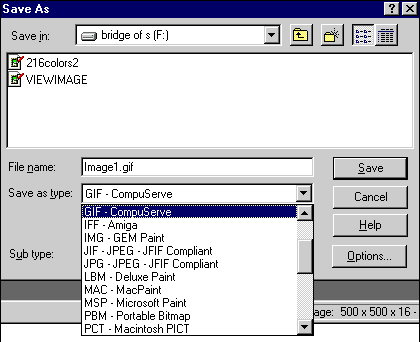| Lesson 4 | Create UML Exercises |
| Objective | Describe how to create and submit Exercises |
Create UML Exercises
The following series of images describe how you can create the necessary diagrams for the exercises and course project
to submit them to the forum.


2) Use a modern drawing program like 1) www.umlet.com, 2) staruml.io, or 3) www.draw.io


- UML Drawing Diagram: Many exercises in this course consist of drawing diagrams like this one.
- Draw the UML Diagram with pen or pencil. Use a drawing program like 1) www.umlet.com, 2) staruml.io, or 3) www.draw.io
- Use a drawing program like Visio, or a drawing tool mentioned in the previous slide
- When you create a diagram using a drawing tool, you will need to save it as a GIF file.
Use of other Tools
Object-oriented programmers often use a CASE tool for diagramming. A good CASE tool not only draws diagrams, it can also convert those
diagrams to compilable source code in any of variety of languages. Because CASE tools are expensive and there are many on the market,
we will not require the use of any CASE tools in this course. If you have a CASE tool and want to complete the exercises using it, you
will still need to save the diagram as a GIF file.
Who Should Take this course
This book presents everything you need to know in order to become proficient and productiveat modeling software with UML. It includes my own experience, and insights from many of the
authors and teachers with whom I've had the pleasure of working, as well as the works of many of the industry leaders.
UML Bible is aimed primarily at those people responsible for the countless hours of communication between users and IT staff and at those tasked with turning the user's wishes
into code. Participants at every level of the software development process stand to gain from this book:
- People who are new to OO modeling will get a step-by-step introduction to everything from basic concepts of object orientation that support the modeling notation and process to insights into the use and application of the models. You will quickly obtain a working knowledge of the diagrams used by your teammates so that you can become an active participant in the review and enhancement of the models.
- Experienced modelers will be able to dig a little deeper and discover the relationships between the various diagrams and how they may be used to test the quality and completeness of the whole model. If you want, you will be able to exploit the rigors of OCL and Action Semantics as well.
- Programmers will gain a working knowledge of the models that the analysts and designers are asking you to implement. Communication will improve as you become comfortable with the vocabulary used by both technical and non-technical team members to describe the software requirements. The models will become your roadmap for understanding existing systems, new systems, and ideas for enhancements in a way that code alone cannot, while leaving open the freedom to incorporate new techniques and technologies in your implementation.
- People evaluating modeling tools will gain a complete understanding of the features and benefits that you should expect from such a tool.